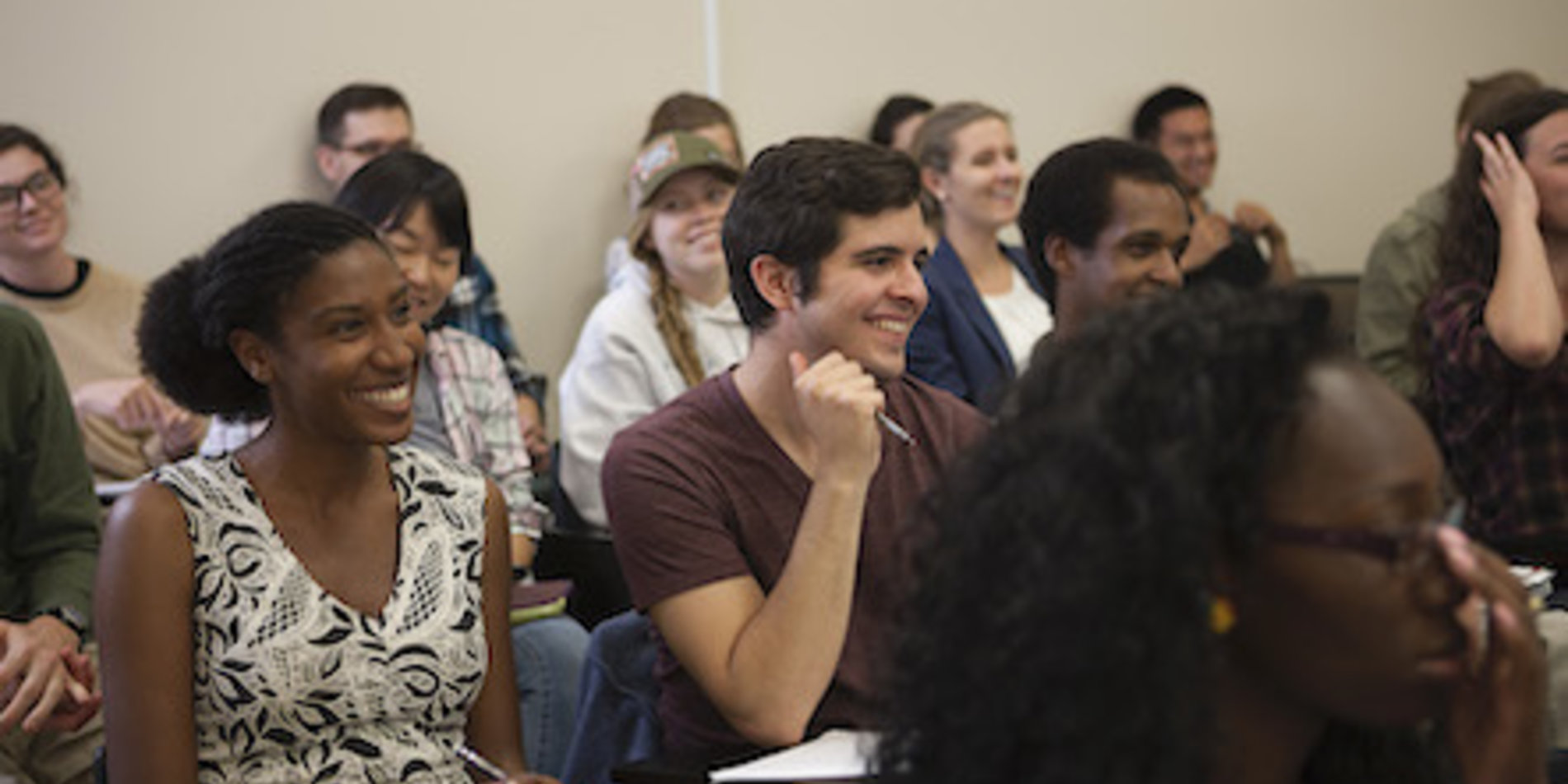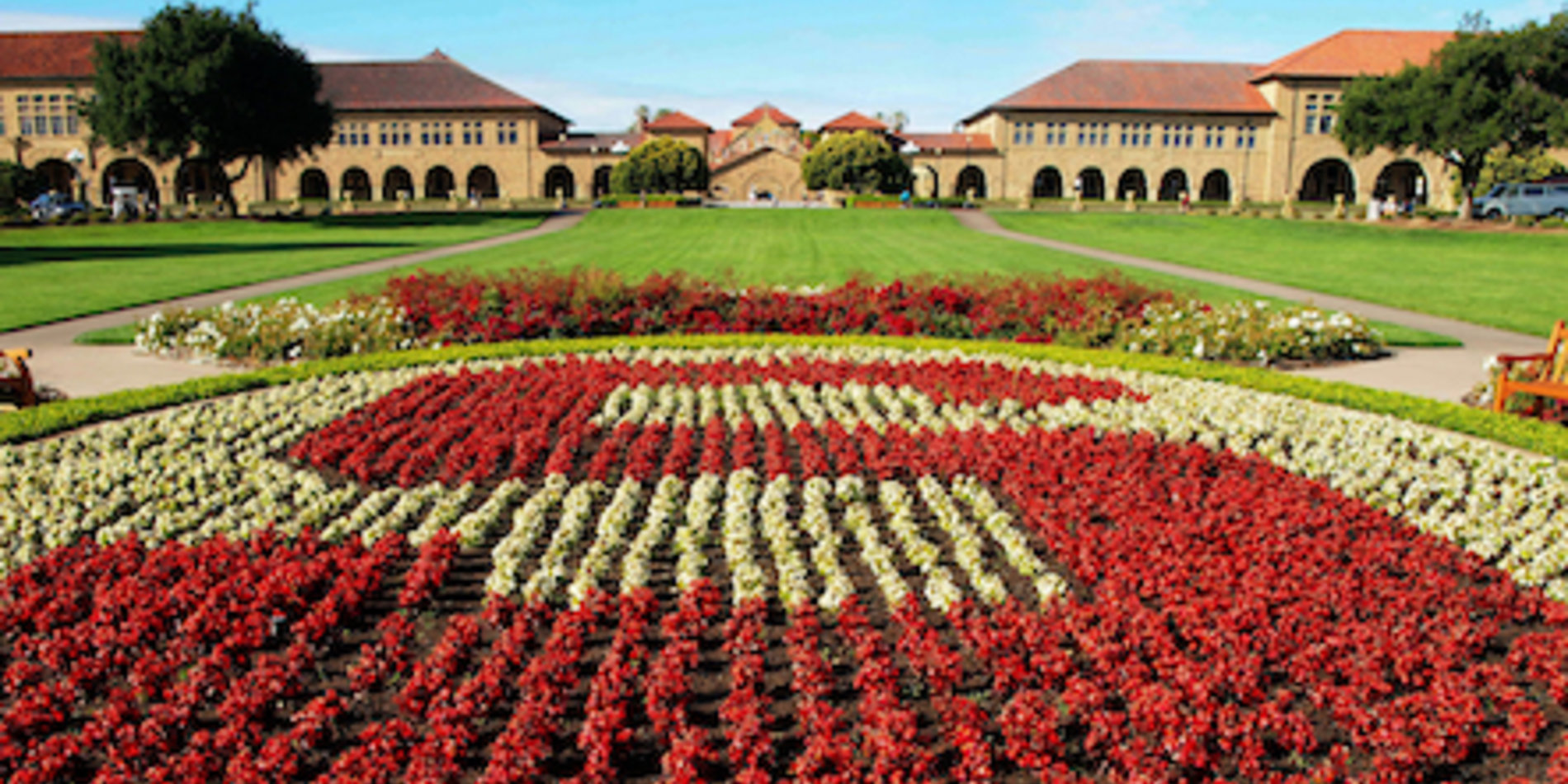How to Write Learning Goals
Learning Goals Overview
Specific, measurable goals help you design your course and assess its success. To clearly articulate them, consider these questions to help you determine what you want your students to know and be able to do at the end of your course.
- What are the most important concepts (ideas, methods, theories, approaches, perspectives, and other broad themes of your field, etc.) that students should be able to understand, identify, or define at the end of your course?
- What would constitute a "firm understanding", a "good identification", and so on, and how would you assess this? What lower-level facts or information would students need to have mastered and retained as part of their larger conceptual structuring of the material?
- What questions should your students be able to answer at the end of the course?
- What are the most important skills that students should develop and be able to apply in and after your course (quantitative analysis, problem-solving, close reading, analytical writing, critical thinking, asking questions, knowing how to learn, etc.)?
- How will you help the students build these skills, and how will you help them test their mastery of these skills?
- Do you have any affective goals for the course, such as students developing a love for the field?
A note on terminology: The academy uses a number of possible terms for the concept of learning goals, including course goals, course outcomes, learning outcomes, learning objectives, and more, with fine distinctions among them. With respect for that ongoing discussion, given that the new Stanford course evaluations are focused on assessing learning goals, we will use "learning goals" when discussing what you want your students to be able to do or demonstrate at the end of your class.
A CTL consultant can help you develop your learning goals.
For more information about how learning goals can contribute to your course design, please see Teacher-centered vs. Student-centered course design.
Learning Goal Examples
Examples from Stanford’s office of Institutional Research & Decision Support and syllabi of Stanford faculty members:
Languages and Literature
Students will be able to:
- apply critical terms and methodology in completing a literary analysis following the conventions of standard written English
- locate, apply, and cite effective secondary materials in their own texts
- analyze and interpret texts within the contexts they are written
Foreign language students will be able to:
- demonstrate oral competence with suitable accuracy in pronunciation, vocabulary, and language fluency
- produce written work that is substantive, organized, and grammatically accurate
- accurately read and translate texts in their language of study
Humanities and Fine Arts
Students will be able to:
- demonstrate fluency with procedures of two-dimensional and three-dimensional art practice
- demonstrate in-depth knowledge of artistic periods used to interpret works of art including the historical, social, and philosophical contexts
- critique and analyze works of art and visual objects
- identify musical elements, take them down at dictation, and perform them at sight
- communicate both orally and in writing about music of all genres and styles in a clear and articulate manner
- perform a variety of memorized songs from a standard of at least two foreign languages
- apply performance theory in the analysis and evaluation of performances and texts
Physical and Biological Sciences
Students will be able to:
- apply critical thinking and analytical skills to interpreting scientific data sets
- demonstrate written, visual, and/or oral presentation skills to communicate scientific knowledge
- acquire and synthesize scientific information from a variety of sources
- apply techniques and instrumentation to solve problems
Mathematics
Students will be able to:
- translate problems for treatment within a symbolic system
- articulate the rules that govern a symbolic system
- apply algorithmic techniques to solve problems and obtain valid solutions
- judge the reasonableness of obtained solutions
Social Sciences
Students will be able to:
- write clearly and persuasively to communicate their scientific ideas clearly
- test hypotheses and draw correct inferences using quantitative analysis
- evaluate theory and critique research within the discipline
Engineering
Students will be able to:
- explain and demonstrate the role that analysis and modeling play in engineering design and engineering applications more generally
- communicate about systems using mathematical, verbal and visual means
- formulate mathematical models for physical systems by applying relevant conservation laws and assumptions
- choose appropriate probabilistic models for a given problem, using information from observed data and knowledge of the physical system being studied
- choose appropriate methods to solve mathematical models and obtain valid solutions
For more information about learning goals, meet with a CTL consultant.
For more information about how learning goals can contribute to your course design, please see Teacher-centered vs. Student-centered course design.
See more STEM learning goal examples from the Carl Wieman Science Education Initiative.

Frequently asked questions
Get answers to some common questions.

